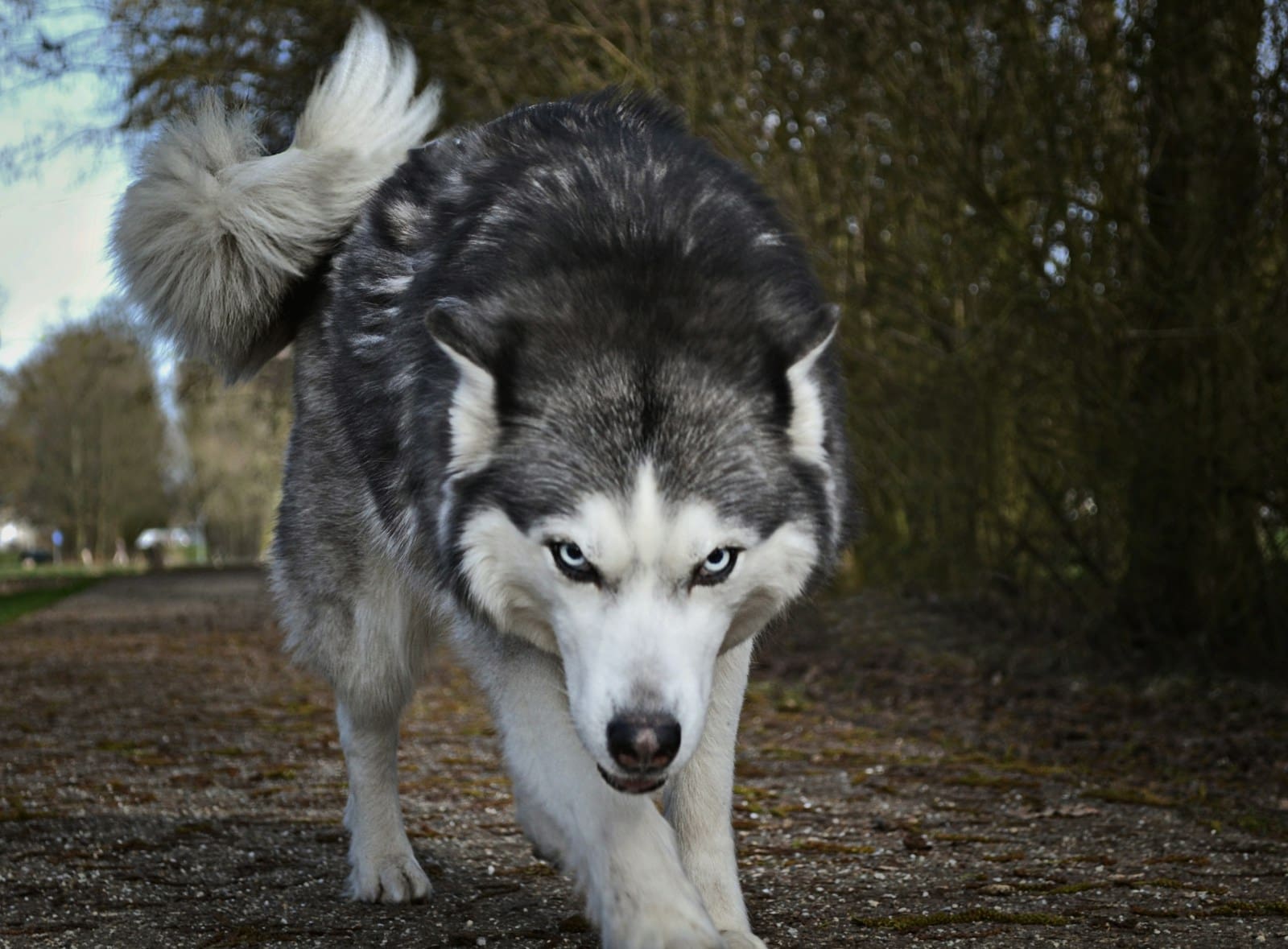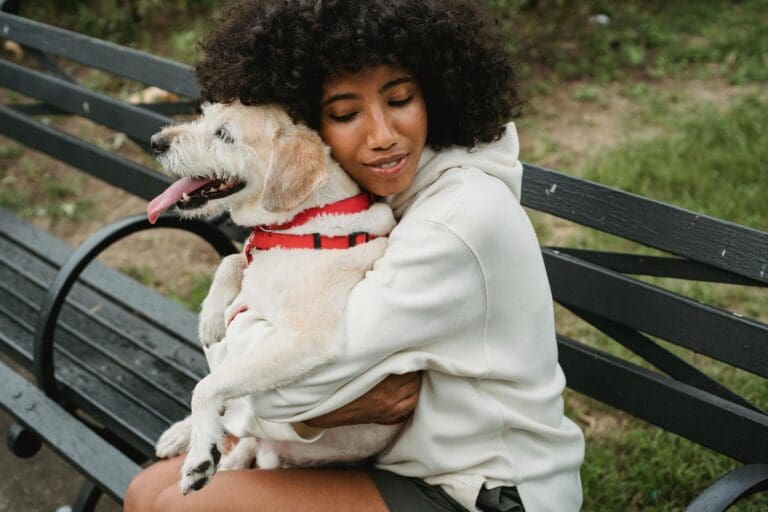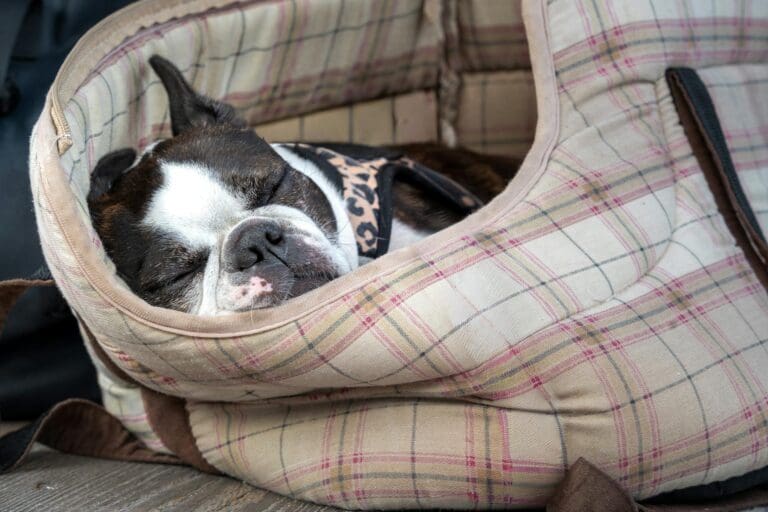Hunting dogs have been an integral part of human history for thousands of years, aiding in survival and sustenance through their skills and loyalty. Let’s look at the fascinating world of hunting dog breeds, tracing their evolution from ancient origins to modern companions.
We explore the various breeds and their specialized roles, highlighting how these extraordinary animals have adapted alongside human advancements to remain indispensable partners in the hunt.
10. Modern Hunting Dogs: Preserving Ancient Instincts
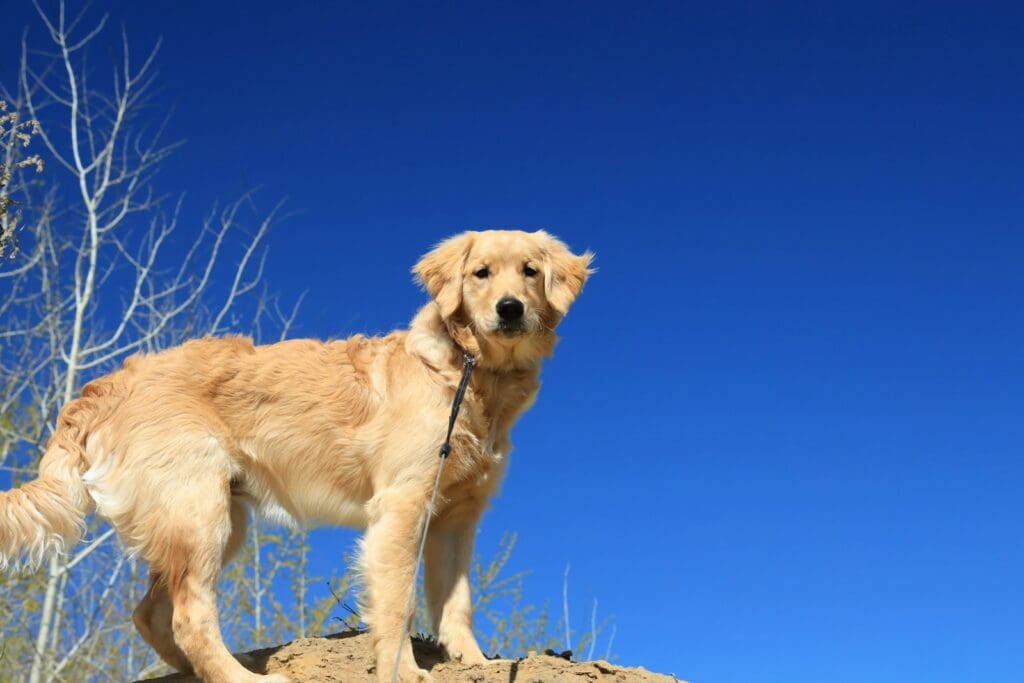
While modern hunting dogs no longer hunt for survival, their ancient instincts remain strong. Today’s breeds, like Retrievers and Pointers, continue to excel in their specialized roles, assisting hunters with tracking, flushing, and retrieving game. Many hunting dogs also serve as beloved family pets, showcasing their versatility and adaptability in the modern world.
9. The Impact of Firearms on Hunting Dog Breeds
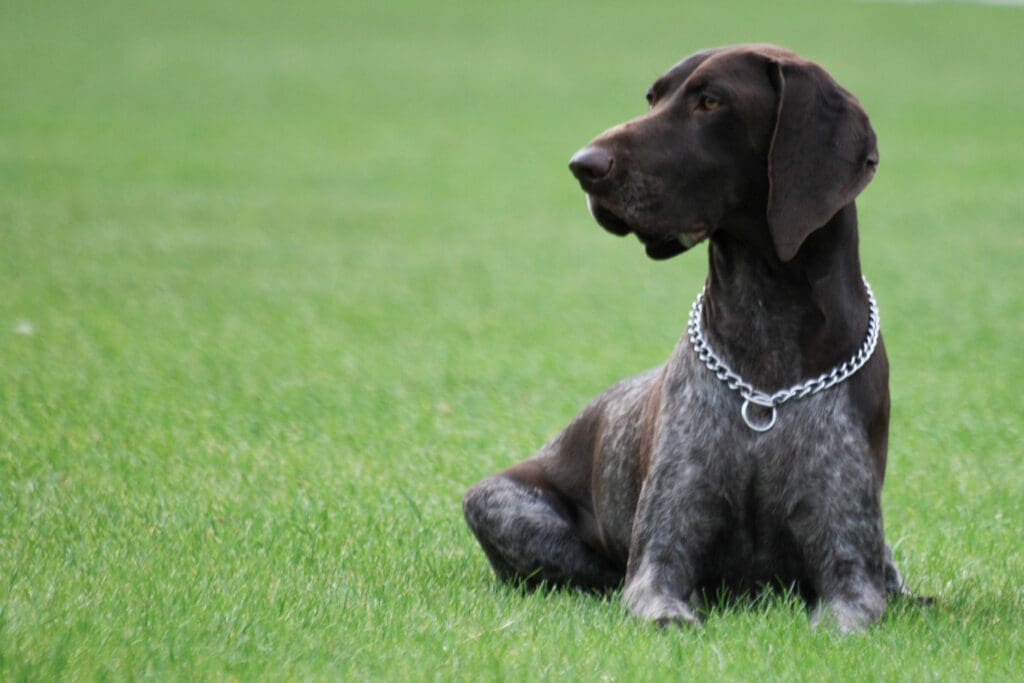
The invention of firearms revolutionized hunting and led to the development of specialized gundog breeds. Pointing dogs, retrievers, and water dogs became essential for hunters using guns. New training techniques emerged, including introducing young dogs to gunfire. Breeds with greater speed, larger range, and stronger pointing instincts were developed to suit the needs of hunters armed with firearms.
8. Hunting Mastiffs: The Big Game Specialists

Ancient civilizations like the Assyrians used powerful mastiffs for hunting large game. These dogs were prized for their strength and courage in taking down formidable prey such as lions and wild horses. Medieval hunters relied on mastiffs to weaken and detain big game like stags, wild boars, and bulls until they could dispatch the quarry.
7. Pointers and Setters: Revolutionizing Bird Hunting
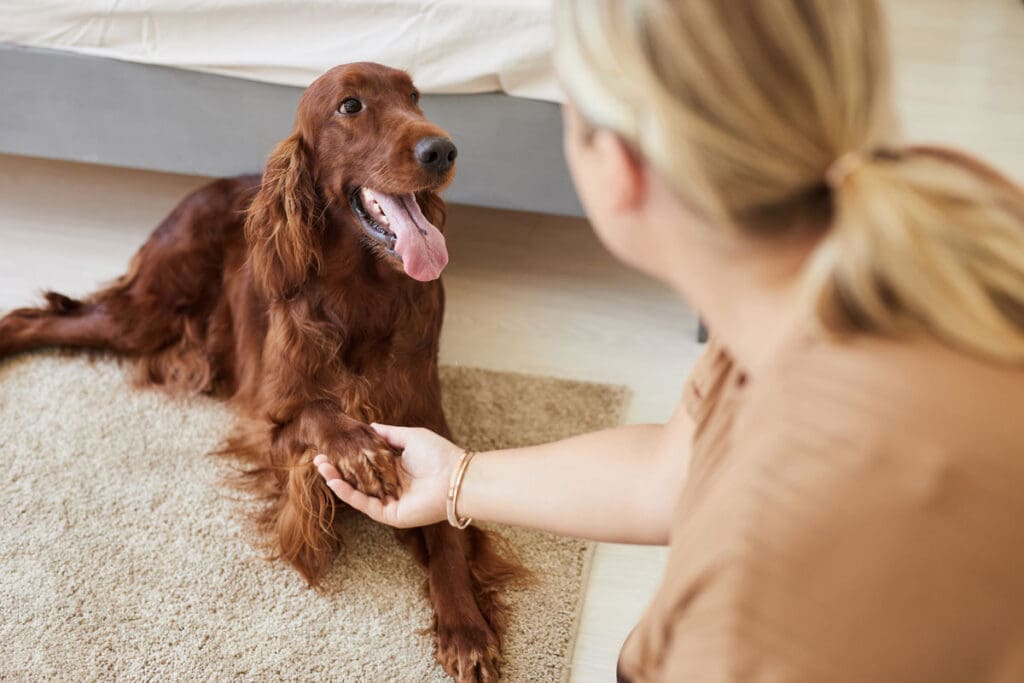
Pointers and setters transformed bird hunting in the 18th century. Originally used to locate prey for net hunters, these breeds adapted to work with firearms. Their ability to freeze on point allowed hunters to approach and flush birds within shooting range. This hunting style spread from Spain across Europe and eventually to America, becoming a refined art form.
6. Retrievers: From Waterfowl to Versatile Hunters
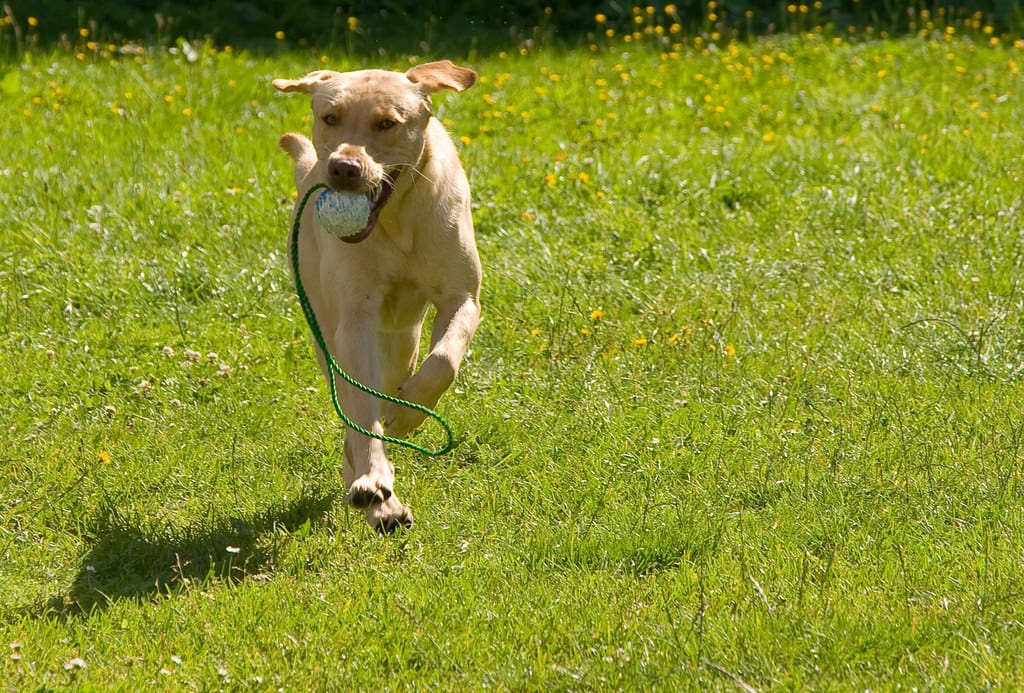
Retrievers, like Golden and Labrador Retrievers, were originally bred for waterfowl hunting. However, they’ve evolved into versatile hunting companions. These intelligent dogs excel in various hunting scenarios, from upland game to wetland environments. Their adaptability and trainability make them popular choices for hunters seeking multi-purpose canine partners.
5. Sighthounds: Speed and Agility in the Hunt

Sighthounds, bred for hunting by sight and speed, have a history dating back over 6,000 years. These dogs, including Greyhounds and Salukis, were prized by ancient civilizations and European nobility for their ability to chase down swift prey like hares and deer. Their unique anatomy, featuring a flexible spine and large heart, allows them to reach speeds up to 45 mph.
4. The Rise of Scent Hounds in Medieval Europe

Scent hounds gained prominence in medieval Europe, with selective breeding beginning at St. Hubert’s monastery in Belgium. Monks developed medium-sized, black and tan dogs with superior scenting abilities and melodious voices. These St. Hubert Hounds became progenitors of many modern scenthound breeds, including the renowned Bloodhound.
3. Hunting Dogs in Ancient Civilizations
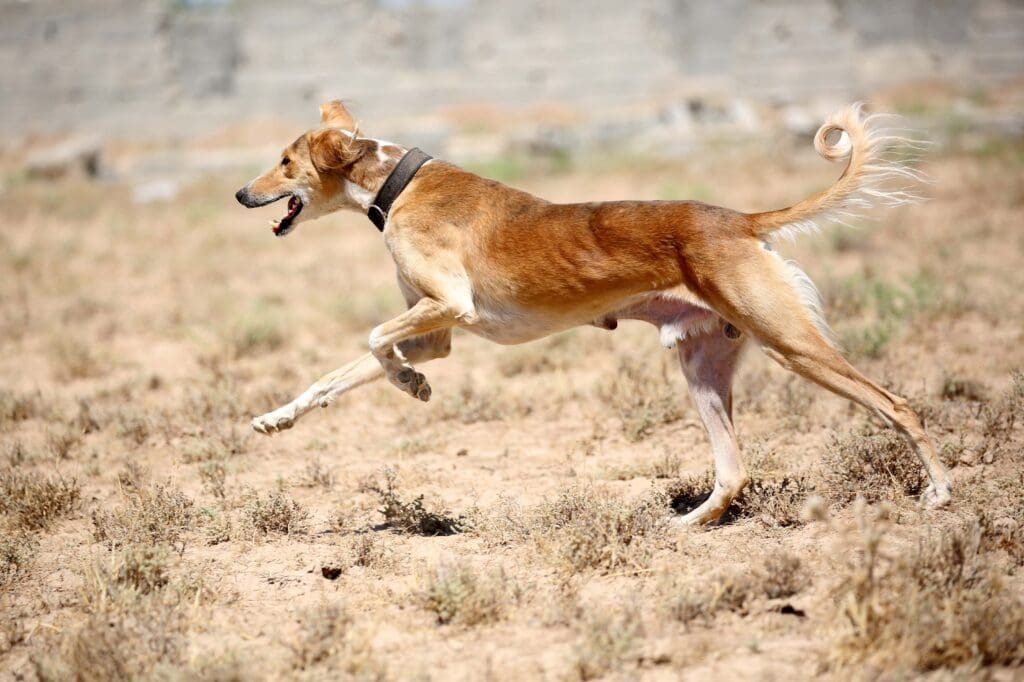
Ancient civilizations revered hunting dogs for their skills and loyalty. In Mesopotamia, dogs like Salukis were prized companions, depicted in art and literature. Egyptian pharaohs kept hunting dogs, while Greeks and Romans bred specialized breeds for different game. These canines held significant cultural and religious importance, often buried alongside their masters.
Read More: Noses Know Best: Dog Breeds with Exceptional Sniffers
2. Evolution from Wolves to Specialized Breeds
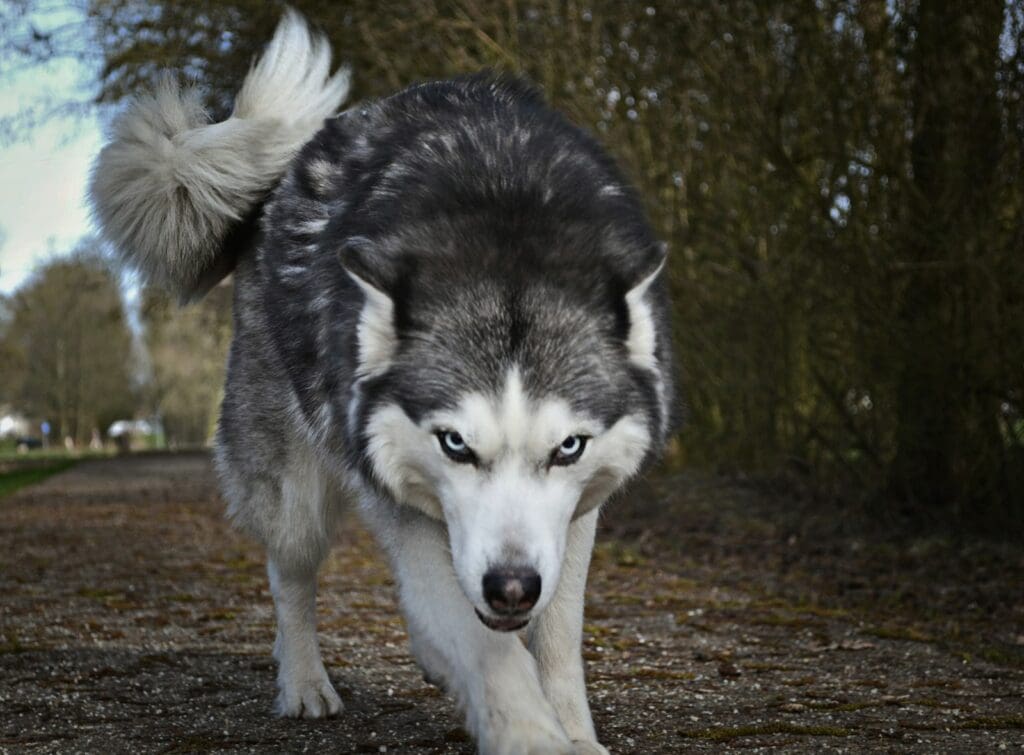
Dogs evolved from wolves around 15,000 to 40,000 years ago, with early humans selectively breeding for traits beneficial to hunting. Over time, this led to the development of specialized breeds with enhanced senses, stamina, and prey drive. Today’s hunting dogs are the result of centuries of careful selection for specific hunting tasks.
Read More: The 10 Oldest Dog Breeds on Earth
1. Ancient Origins: The First Hunting Companions
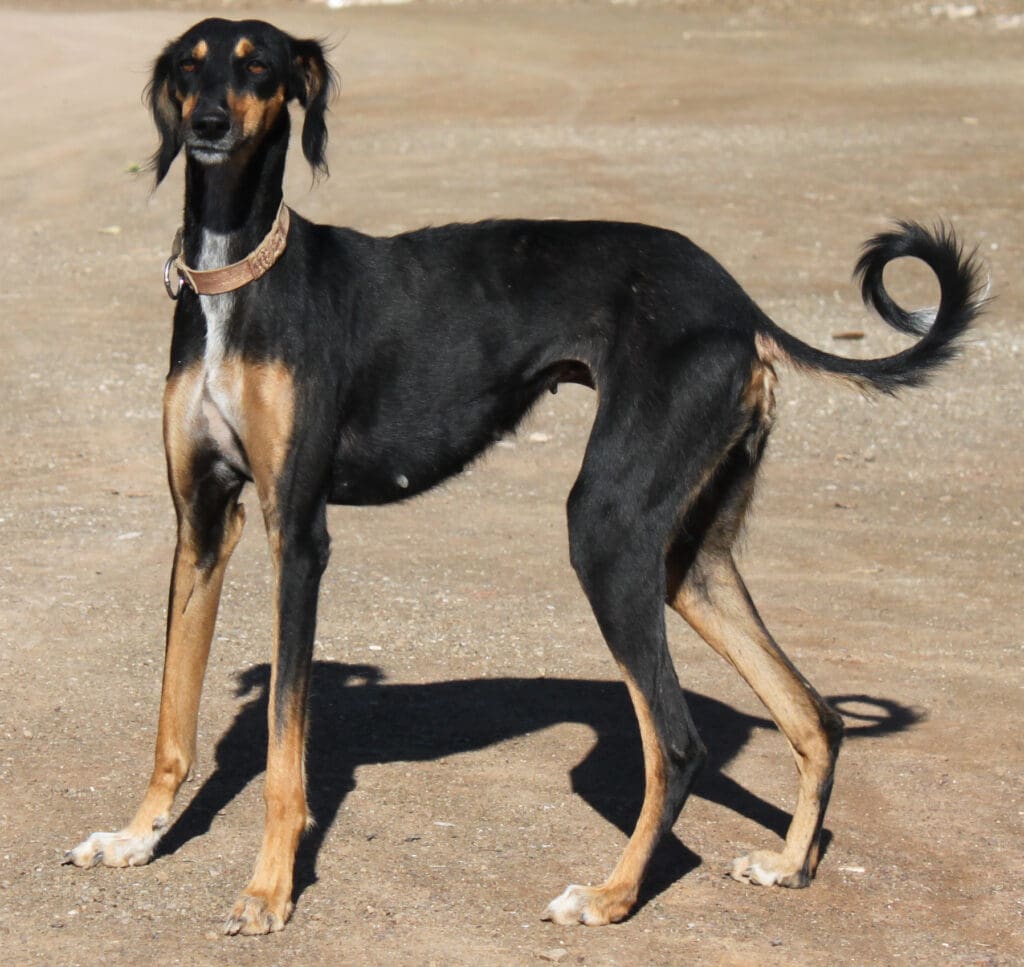
Hunting dogs have been human companions for millennia, with their origins dating back to ancient civilizations. Archaeological evidence suggests that dogs were first domesticated for hunting purposes over 20,000 years ago. These early canines assisted humans in tracking, flushing out, and retrieving game, making them indispensable partners in survival and sustenance.
Read More: Sleek and Swift: The Top 10 Sighthound Breeds

